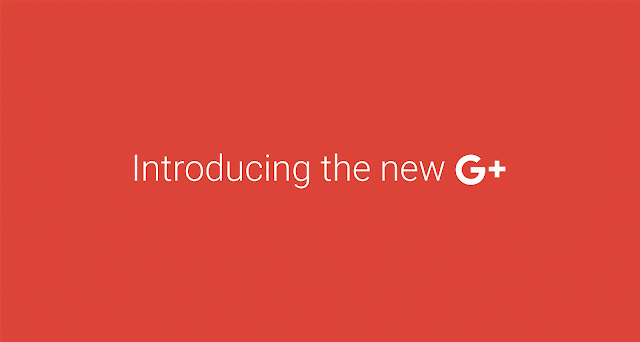
Google on Tuesday reintroduced its Google+ social network with major revisions to its look and feel, as part of a last ditch effort to make the struggling site a player in a much deeper and more crowded landscape.
The site has undergone a major redesign that takes away some of the bloat that slowed down the navigation process, the company said. Its new focus is to serve as a virtual gathering place for people with common interests.
“Today we’re starting to introduce a fully redesigned Google+ that puts Communities and Collections front and center,” said Eddie Kessler, director of streams at Google. “Now focused around interests, the new Google+ is much simpler.”
Google Tests the Future
Google spent considerable time testing various communities of Google+ users to get their feedback on what was working and what needed to be revised, noted Luke Wroblewski, a product director at Google.
“We visited them in their homes, we invited them to early testing communities, and we learned more about how and why they use Google+,” he said.
The two most-cited parts of Google+ — the Communities and Collections pages — were the areas Google decided to emphasize, aiming to make the sections more robust, and to streamline navigation so the sites would be easier to view on multiple platforms, including mobile devices.

Google this summer announced plans to make major revisions to the site, including making the Google user’s account the only identifier necessary to access various Google products.
The plans included moving elements of Google+ Photos to the new Google Photos app, Brad Horowitz, vice president of streams, photos and sharing, said at the time.
The Communities page now averages 1.2 million new sign-ups per day, noted Kessler. The Collections pages were introduced just five months ago.
Users can preview the new Google+ by signing in and clicking on “let’s go.”
Over the next few days, Google also will be rolling out new apps designed for iOS and Android, Wroblewski said.
Unfashionably Late
Google is way overdue in making these changes, but it just may have a shot at making rival sites like Facebook take it a little more seriously, suggested Susan Schreiner, an analyst with C4 Trends.
“While it’s late coming to the table, we would suggest that it may yet have opportunities to more effectively leverage the over 2 billion people with Google accounts,” she told the TechNewsWorld. “Perhaps it needs to take a page from the Apple playbook, since Apple has become a master at leveraging its users across the Apple landscape.”
The way Google now is positioning Google+ makes it essentially two distinct social media sites, said Kevin Krewell, principal analyst at Tirias Research. On the one hand, it will compete against Twitter, and on the other hand, it will function as a high-end alternative to Instagram.
It’s uncertain whether the dual focus ultimately will help or hurt the success of Google+, he told TechNewsWorld.
The mix of large photos and the discussion stream work well on large personal computers, but it does not translate well on mobile screens, Krewell pointed out.
“While Google+ has not been a growth success, it is a good venue to share quality content and have quality discussions,” he said. “Unfortunately, splitting the two key features of Google+ will make each new product less appealing.”




















































